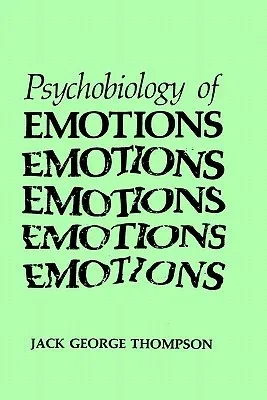Jack George Thompson
(Author)The Psychobiology of Emotions (1988)Hardcover - 1988, 31 May 1988

Qty
1
Turbo
Ships in 2 - 3 days
In Stock
Free Delivery
Cash on Delivery
15 Days
Free Returns
Secure Checkout

Part of Series
Emotions, Personality, and Psychotherapy
Part of Series
Physics of Atoms and Molecules
Part of Series
Emotions, Personality & Psychotherapy
Print Length
404 pages
Language
English
Publisher
Springer
Date Published
31 May 1988
ISBN-10
0306428431
ISBN-13
9780306428432
Description
Product Details
Author:
Book Edition:
1988
Book Format:
Hardcover
Country of Origin:
US
Date Published:
31 May 1988
Dimensions:
23.39 x
15.6 x
2.39 cm
ISBN-10:
0306428431
ISBN-13:
9780306428432
Language:
English
Location:
New York, NY
Pages:
404
Publisher:
Series:
Weight:
766.57 gm